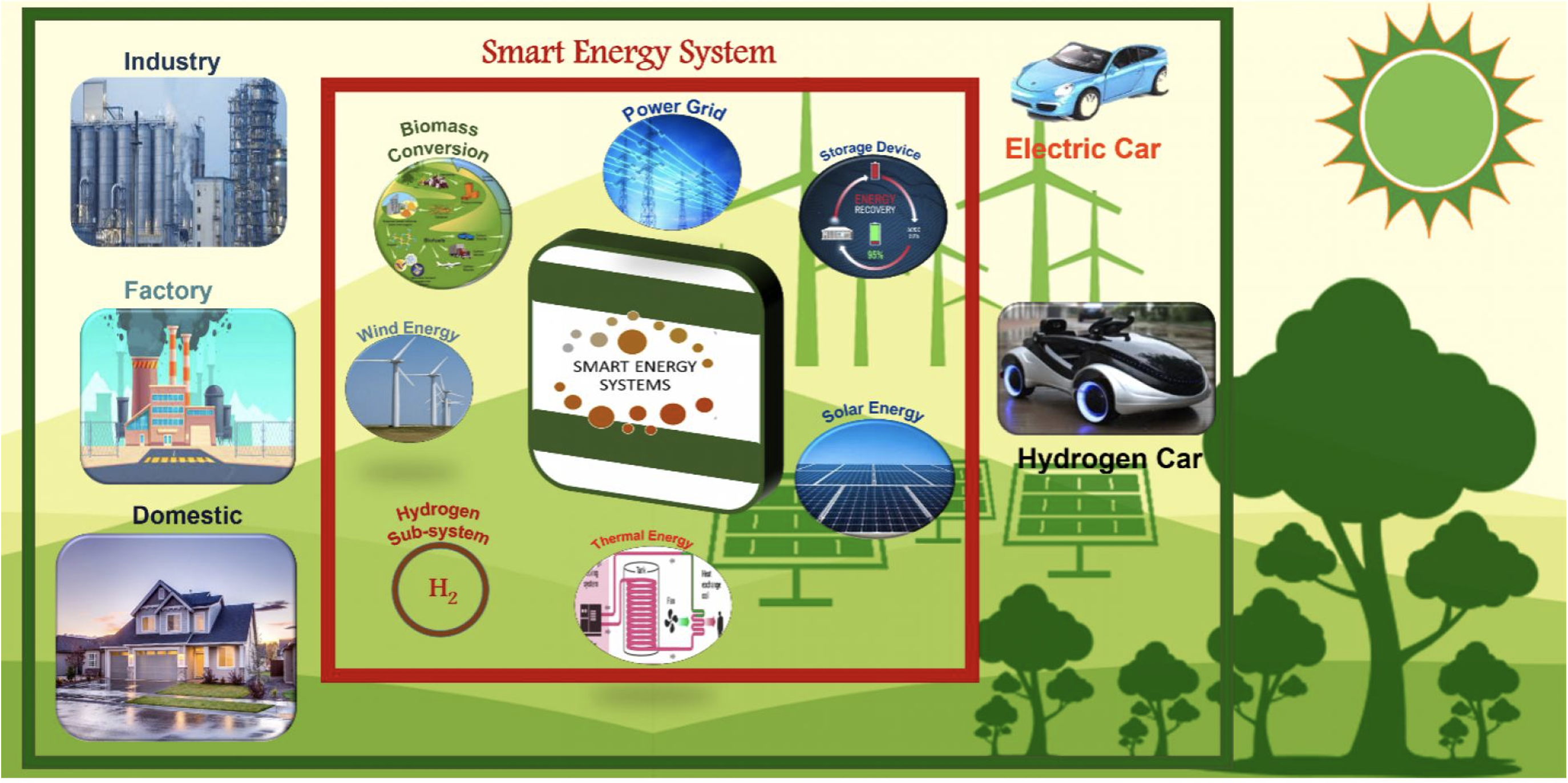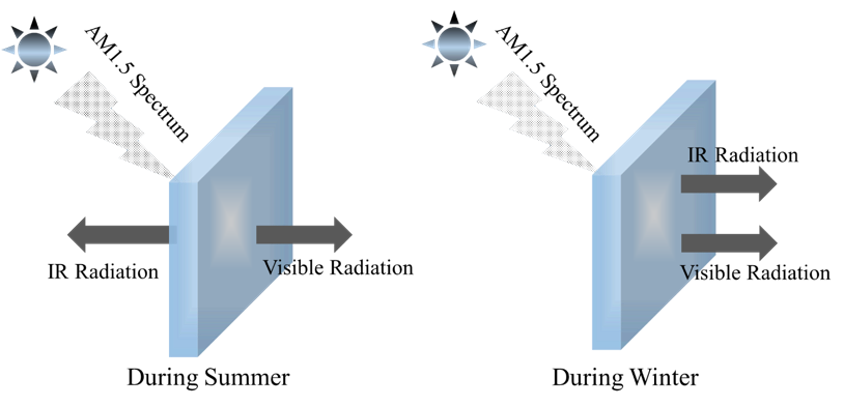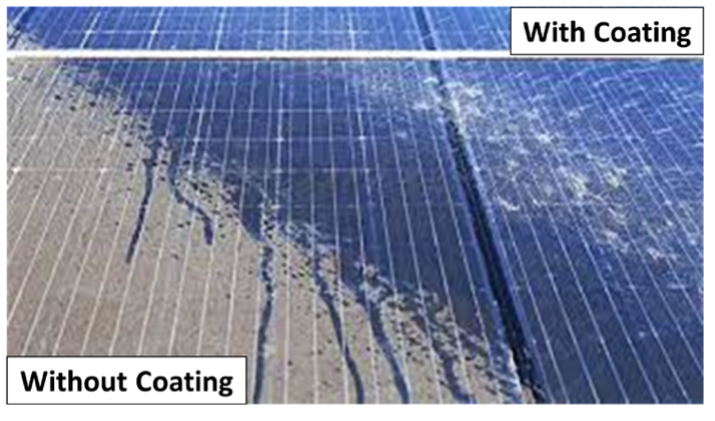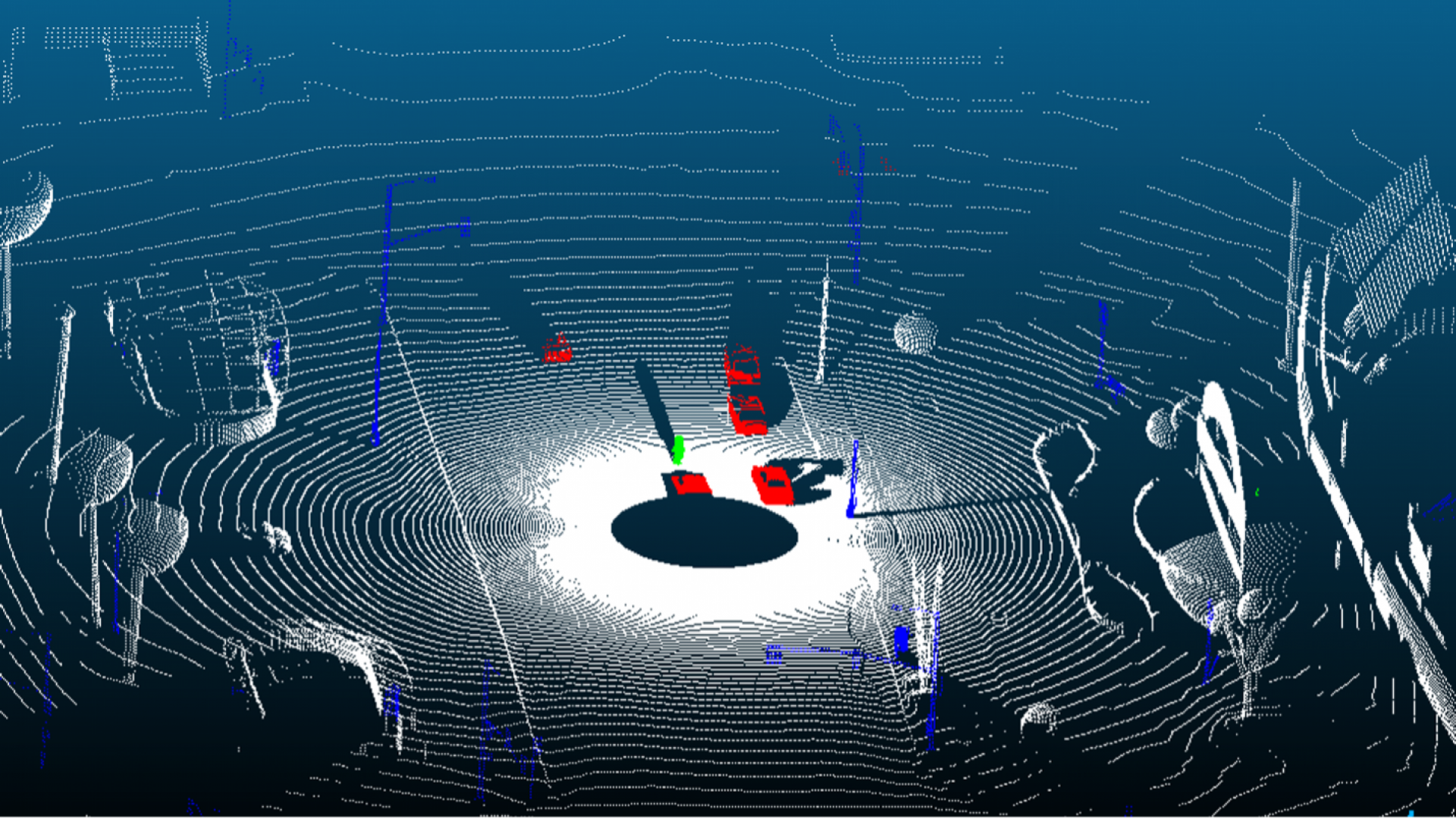Smart Infrastructure for Futuristic Cities
Over the last decade, there has been an explosion of interest in connected/autonomous vehicle (AV) development, incorporating more devices into the Internet-of-things (IoT), and leveraging the ever-growing user data into useful action plans. The new autonomous and connected vehicles have a whole suite of new technologies. These new features, paired with new high-speed connections to the Internet and new data-processing methods, can be utilized to provide more detailed, accurate, and useful real-time information that can be invaluable for Intelligent Transportation System (ITS) end-users. ITS has the capability of leveraging this data for safer and more reliable transportation systems.
Smart city and ITS planners face several challenges when it comes to figuring out how to build a robust network of infrastructure involving heterogeneous components. The ITL team focuses on addressing several challenges related to the deployment of heterogeneous smart sensors and their utilization in real-time. It aims to pave the way towards smart and energy efficient planning and dimensioning of the resources to foster novel applications for futuristic cities.
Smart Energy Systems for Future Cities
Smart energy systems provide the scientific basis for a paradigm shift away from single-sector thinking into a coherent and integrated understanding of how to design and identify the most achievable and affordable strategies to implement coherent future sustainable energy systems. At ITL, we focus on several enabling technologies for the smart energy systems for cleaner environment. Some examples of our work include solar thermophoto voltaic (STPV) systems, intelligent design of next generation sustainable energy systems, perovskite materials for energy harvesting, and energy resources based on refractory/transition nanomaterials.

Novel Photovoltaic Technologies for Energy-Sustainable Buildings

Sustainable buildings are key aspects of the smart cities of the future; they are realized through the use of windows to generate solar energy. Most existing buildings are energy inefficient, and countries are now looking to retrofit old buildings to improve energy efficiency. We are using new ideas in nanomaterials and photonics to create thin window coatings that better insulate buildings. The existing polymer-based reflectors face critical challenges of reliability and long-term stability. The degradation of polymer materials over time affects their long-term high solar reflectivity. Moreover, the plasmonic materials also degrade due to the formation of metal oxide. Thereby, exploration of a new and effective material system is always required for the functionality and efficiency enhancement of the reflectors. We will be developing an adaptable nanophotonic dielectric structure for daytime cooling applications. During the summer, the developed structure will be able to reflect a major portion of the solar radiation in the infrared range of the spectrum and will be highly transparent in the visible spectrum. Whereas, during winter, the structure will be completely transparent for the complete solar spectrum. Moreover, using dielectric materials will solve the structural and efficiency degradation problem. We will also explore perovskites for efficiency enhancement in their optoelectronic properties to develop semitransparent perovskite with switchable transparency for smart windows. An important goal will be to search for the alternatives to toxic materials like lead, which can be present in perovskite-based cells, to increase the stability of the perovskite photovoltaics without compromising their performance and cost efficiency.
Dielectric Nanostructured Materials for Self-Cleaning Photovoltaic Applications

The presence of dust particles and other environmental contaminations is known to affect the durability and energy efficiency of existing photovoltaic (PV) systems. Conventional cleaning methods require a workforce and are not considered cost-effective. We aim to develop a nanostructured mounted top interface cover glass of PV modules with self-cleaning characteristics inspired by lotus leaves, butterfly wings and rice leaves. We will design a biomimetic transparent nanostructured material that enables solar cells to remove contaminants through an automatic, water-saving, and labor-free process. Using the nanostructured coating will not only improve the solar cell's long-term efficiency but will also decrease the overall long-term cost of the system.
